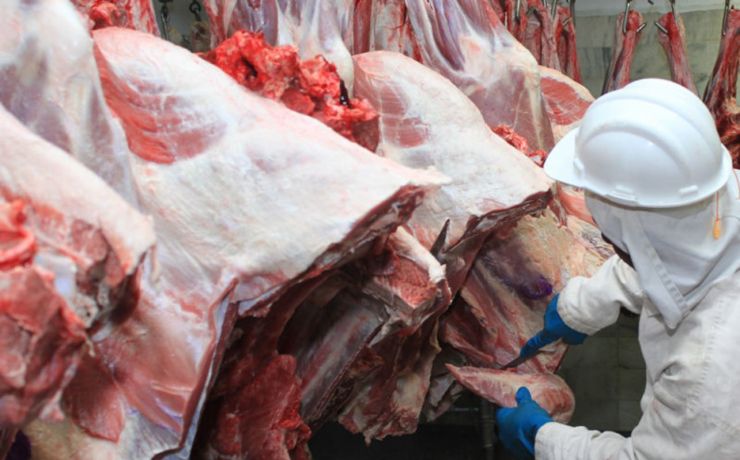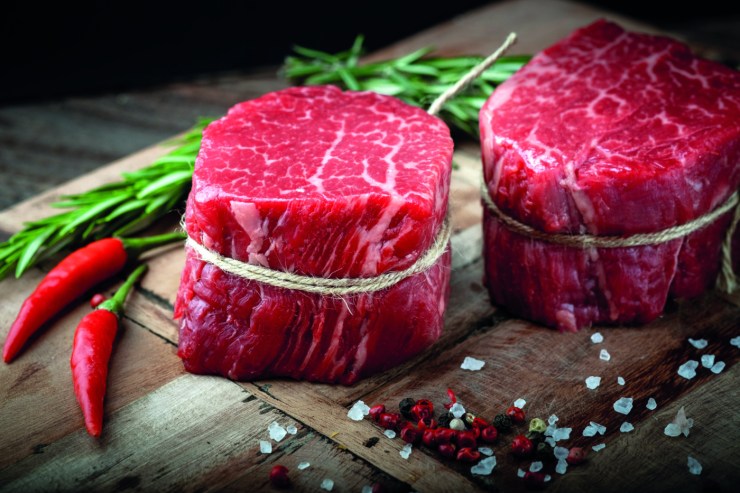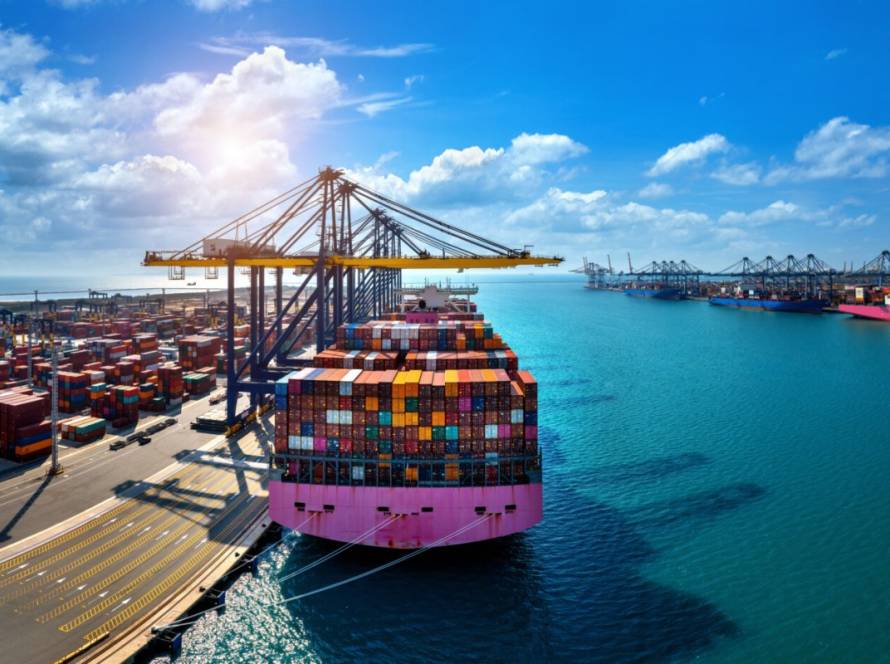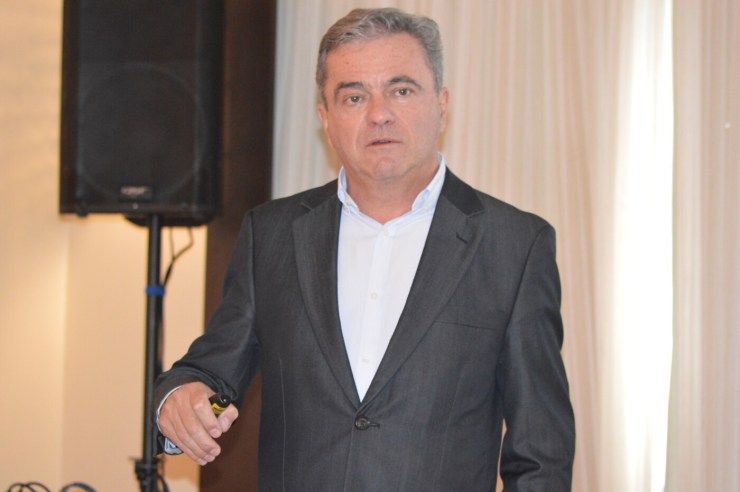Mato Grosso's beef, pork and poultry exports grew in the first quarter of 2025 both in volume and revenue. According to data from the Foreign Trade Secretariat (Secex/MDIC), organized by the State Economic Development Secretariat (Sedec), the increase in volume was 8.58%, while revenue jumped 19.3% compared to the same period last year.

Photo: Rodrigo Felix Leal
Between January and March, 170.7 thousand tons of meat were shipped, compared to 157.2 thousand tons in the first quarter of 2024. In terms of revenue, the sector collected US$$ 721.7 million, compared to US$$ 604.9 million in the previous year. The main destinations were China, the United States, Chile, Russia and Italy.
The highlight continues to be beef, which accounted for 137 thousand tons exported and generated US$$ 654.7 million in revenue, representing 20.5% of all beef sold by Brazil abroad. With this, Mato Grosso came in second place in the national ranking, behind only São Paulo.
Pork also showed an impressive performance, with growth of 32% in exports. 7.8 thousand tons were shipped, resulting in US$ 17.9 million, surpassing the US$ 12.3 million in the same period of 2024. China leads purchases of pork protein from Mato Grosso, followed by Hong Kong, the Philippines, Vietnam and Singapore.
In the poultry segment, Mato Grosso exported 25.2 thousand tons, which generated US$1.5T 49 million in revenue. This was a significant increase compared to last year, when 22.7 thousand tons were sold (US$1.5T 40.6 million). The main destinations were Saudi Arabia, China, Japan, the United Arab Emirates and Jordan.
For the president of Sindifrigo-MT, Paulo Bellincanta, the numbers reinforce the consistency of the meat chain in the State.

Photo: Rodrigo Felix Leal
“This performance confirms the efficiency of our sector, which has stood out for both the quality and regularity of its exports. Market diversification is a strategic factor that guarantees stability and positive prospects,” he said.
The good result also reflects the organization of the production chain and the appreciation of Brazilian meat in the global market.
“From the field to the industry, we have a chain that has modernized, invests in health and logistics, and that today competes on equal terms with major international players,” added Bellincanta.
According to the Brazilian Association of Meat Exporting Industries (Abiec), only around 30% of national production is destined for the foreign market, with cuts different from those consumed domestically, which preserves domestic supply and, at the same time, generates important foreign exchange for the country.





